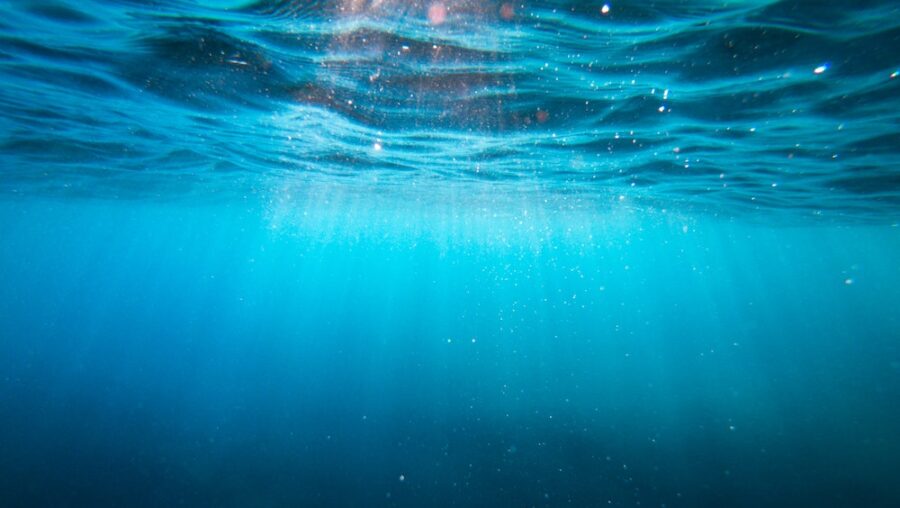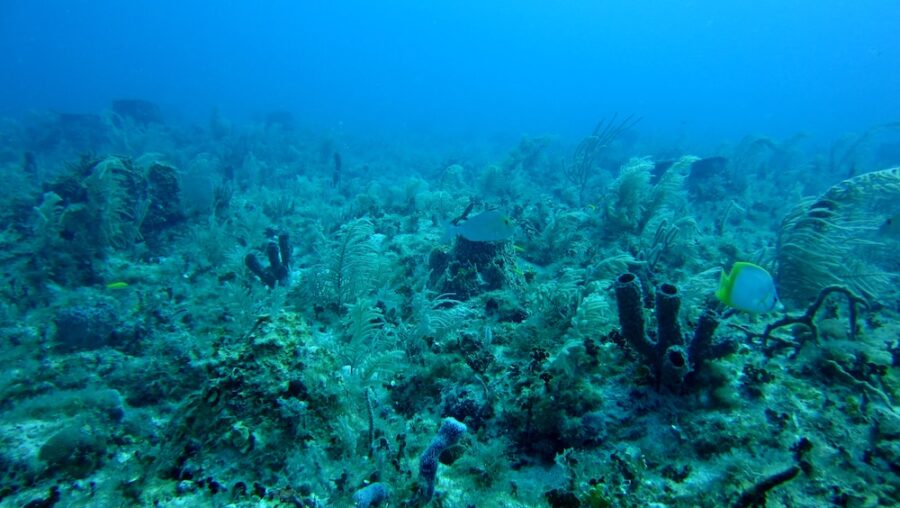Scientists Discover Strange Bacteria At Bottom Of Ocean

It has often been said that our ocean is filled with even more mysteries than space, and a recent science experiment involving strange bacteria from the depths of the sea might prove that true. A research team in China identified a new lifeform that they have named Poriferisphaera hetertotrophicis. As Science Alert reports, this is a discovery that “advances our understanding of deep-sea conditions and microbiology in general.”
Scientists discovered this ocean bacteria in a section of the sea floor called a cold seep
This voyage into ocean bacteria begins with an area of the sea floor known as a cold seep, which is basically a combination of mud and nutrient-rich liquids. The team gathered their sample from the cold seep and were then able to grow the bacteria in a lab. They discovered that it is part of a phylum of bacteria that hasn’t been studied in much detail or by very many scientific teams.
Planctomycetes bacteria aren’t limited to oceans: this type of bacteria is found in lakes, soils, and other bodies of water throughout the world. Such bacteria play an important role in recycling both oxygen and nitrogen. However, one of the reasons the bacteria hasn’t seemed overly noteworthy to previous researchers is that it typically grows in areas that are very nutritionally poor.

That’s part of what makes this particular ocean bacteria experiment so exciting: when the team went to grow this sample, they intentionally decided to grow it in a nutrient-rich medium.
It’s exceedingly rare for bacteria to develop this way in nature, and changing this one variable could potentially give major insight into one of our murkier areas of scientific advancement. This was something of a scientific gamble, and it ended up paying off for the researchers in a powerful way.
Scientists needed to simulate correct conditions to for this ocean bacteria experiment
To pull the ocean bacteria experiment off, the team decided to simulate deep ocean conditions to the best of their ability. This helped them discover that bacterial strain ZRK32 “grew faster than other cultured bacteria and multiplied in a different way than other similar strains.”
Even the way that it multiplied was significant: the researchers discovered the bacteria used a budding mechanism that had never before been observed in Planctomycetes.
In the world of ocean bacteria experimentation and analysis, this is a big deal, but it’s best to consider this the first step in a very long journey. Thanks to these recent findings, the scientific community knows more about how this new species interacts with nitrogen.
And learning more about the strain itself, including how it is “a chronic bacteriophage that lives within its host without killing it,” helps to underscore the need for more research into this area.
Thanks to the success of the ocean bacteria findings, more research is almost guaranteed: For example, now that the team in China has successfully identified this new lifeform, this team or others will most likely explore “how phage-ZRK32 interacts with other strains of Planctomycetes and what the effects are on the ocean environment.”
Plus, for scientists in this very specific field of study, it’s exciting to know that this new research is starting to fill the knowledge gap about how this kind of bacteria reacts to deep ocean environments.
For those who have James Cameron-style dreams of exploring the ocean rather than Star Trek-style dreams of exploring the stars, this is the kind of research that reminds us that the real “strange new worlds” are hidden within the ocean depths of our own planet.












